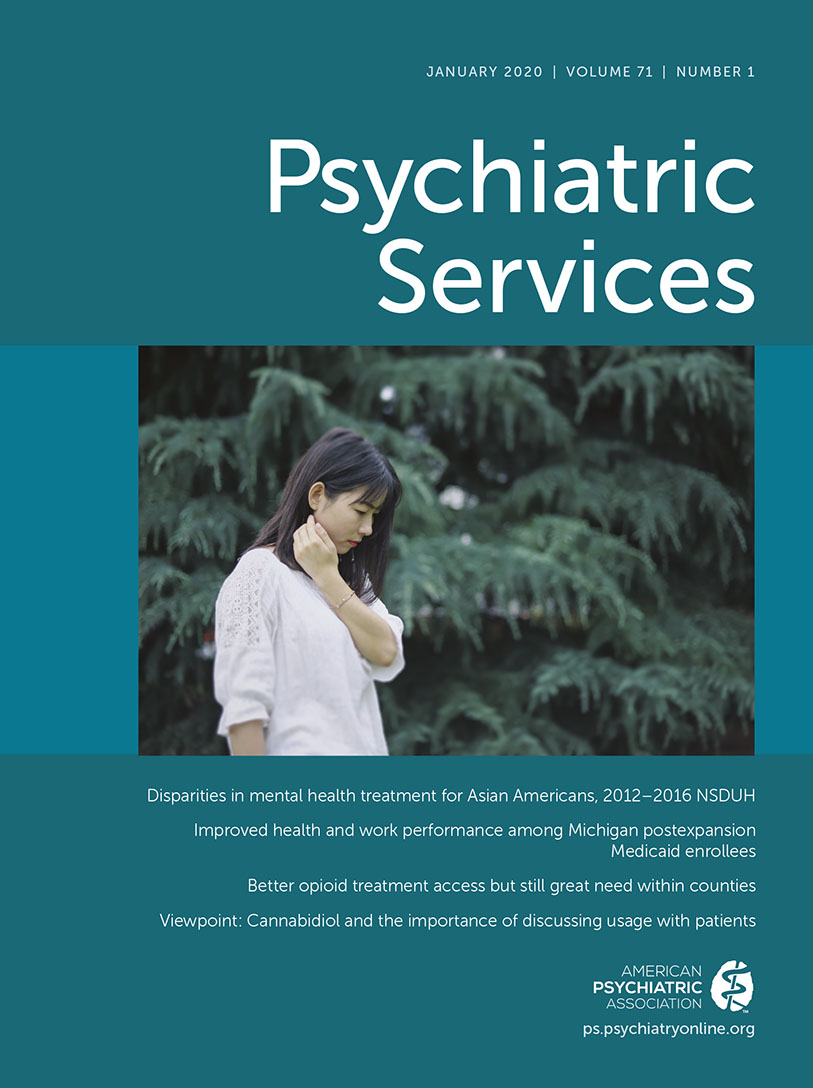Bridging Gaps to Patient-Centered Care Practice
Patient-centered care (PCC) has been fundamental to decades of discussion about strengthening the quality of health care. Thankfully, researchers have begun to recognize the value that PCC might bring to the delivery of substance use treatment as well. This is timely given the increased understanding that people accessing substance use treatment, even within the same setting, are not the same. Individuals present a unique set of experiences, needs, and expectations, which explains some of their reported barriers to substance use treatment and the observed variation in treatment response.
Recent work in the substance use field has shown that key elements of PCC are a nonjudgmental and empathic client-provider relationship, active engagement of clients in treatment decision making, individualized needs assessment, and delivery of services that is responsive to individuals’ diverse needs. PCC recognizes that a “one size fits all” approach can pose barriers to treatment and instead balances a client’s self-determination with the organizational features (and limitations) of the health care system. Despite gaining clearer conceptualizations of PCC in substance use treatment, we still have much to learn about the organizational features that support its implementation.
In this issue, Park et al. (1) report on such features. Using data from 657 substance use disorder treatment clinics in the United States, the authors examined two organizational measures of PCC. The first measure, whether patients were invited to engage in clinical decision-making process meetings, represents one means of actively engaging clients. The second measure was more value laden and captured the extent of clinical supervisors’ beliefs and support toward PCC. For readers invested in the patient-centeredness of substance use treatment, this study provides directions for its ongoing implementation and prompts several further study questions.
First, patients’ engagement in clinical decision making was not consistently available across settings (i.e., inpatient and residential) and populations (i.e., racial-ethnic minority groups, people with an alcohol or opioid use disorder). The authors inferred that this might be a result of the standardized treatment programming typically observed in such contexts. However, active participation of clients is feasible, regardless of treatment standardization. For instance, the standard treatment for opioid use disorder is typically medication-assisted treatment; even if guidelines are in place for this treatment, clients could participate in the choice of medication and its dose and duration. Shared decision-making tools, such as decision aids, are a promising area for future exploration in this endeavor.
A second noteworthy finding is that predictors of the two PCC measures were distinct, despite their correlation. Unfortunately, and as the authors discuss, directors’ reliance on professional information sources (e.g., publications, conference proceedings) was positively associated with clinic supervisors’ value toward PCC but did not necessarily lead to patients’ engagement in decision making. Although clinics might have implemented other PCC procedures not collected in this survey (e.g., individual needs assessments and care), this finding reveals a probable gap between the emerging scientific research on PCC and its implementation into routine practices.
Therefore, advancing the implementation of PCC in substance use treatment will require digging a bit deeper into the barriers to bridging this gap between science and practice. For example, with patients, we might explore which aspects of PCC are most fundamental and what possible burdens might be associated with them. With health care providers, we might focus on the practical (e.g., administrative time and space) and professional (e.g., knowledge exchange) needs for PCC. At an administrative level, we might further explore the role of the patient-provider interaction (e.g., frequency and duration of visit) or setting (e.g., composition of care team). And across all groups, we might consider formal education programs as a means of overcoming implementation barriers. This could empower patients with the knowledge needed to expect and engage in PCC and strengthen the cohesion of PCC approaches across administrators and health care providers.
Park et al. are to be commended for sparking such further questions about the implementation of PCC in substance use treatment. Regardless of the future directions taken, patients’ input should guide these efforts, particularly in light of the broader operationalization of PCC, which is a patient- rather than a provider- or systems-only–focused initiative.
1 : Correlates of patient-centered care practices at US substance use disorder clinics. Psychiatr Serv 2019; 71: 35–42Link, Google Scholar



